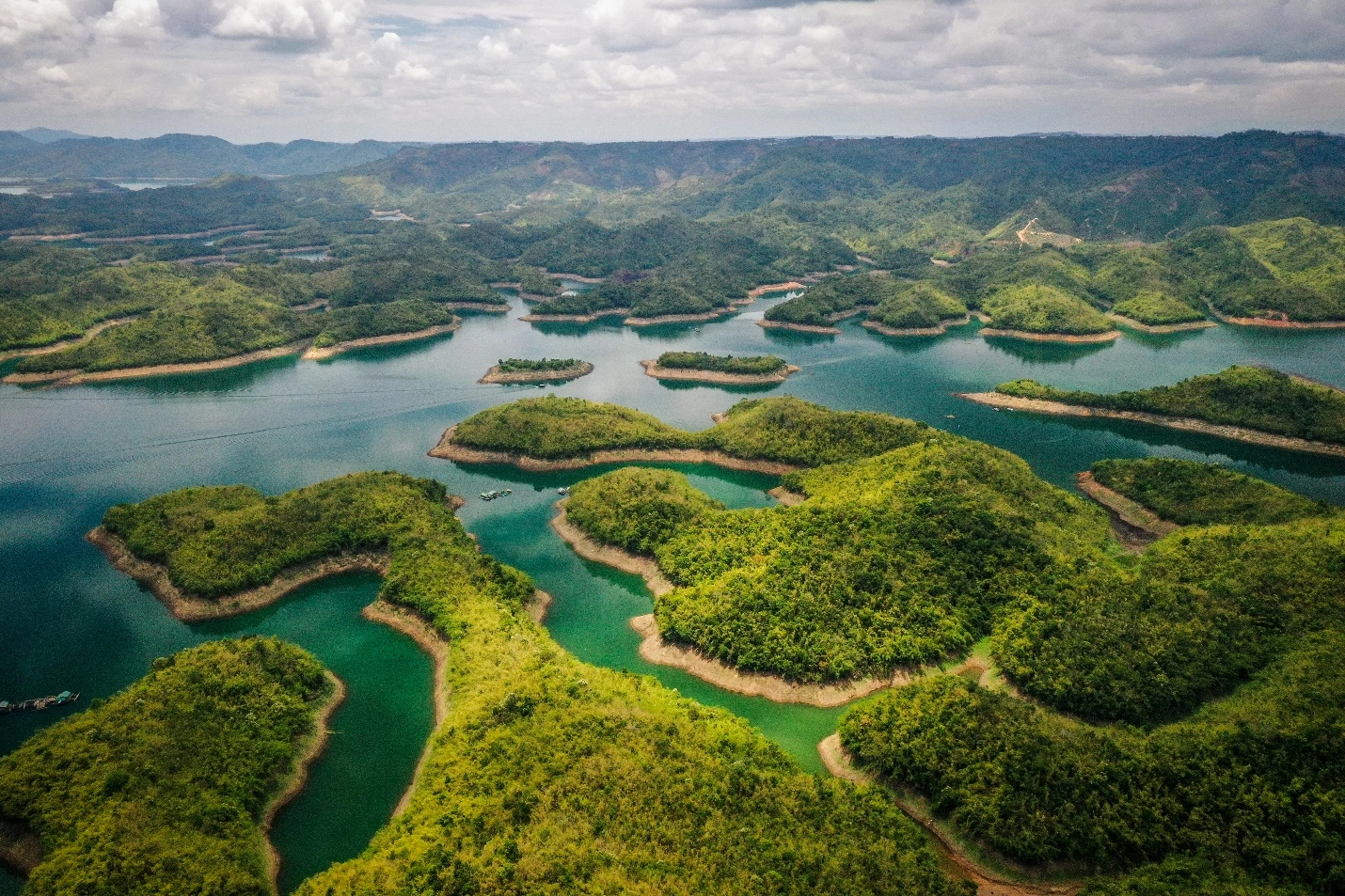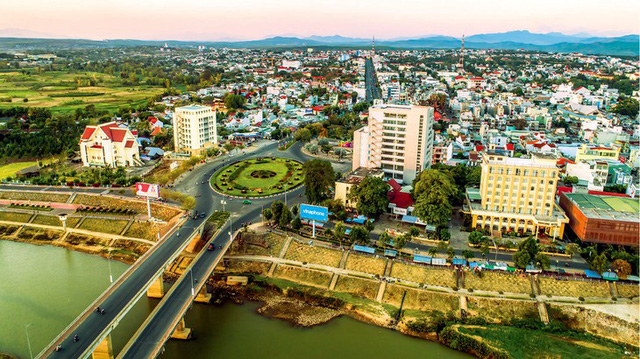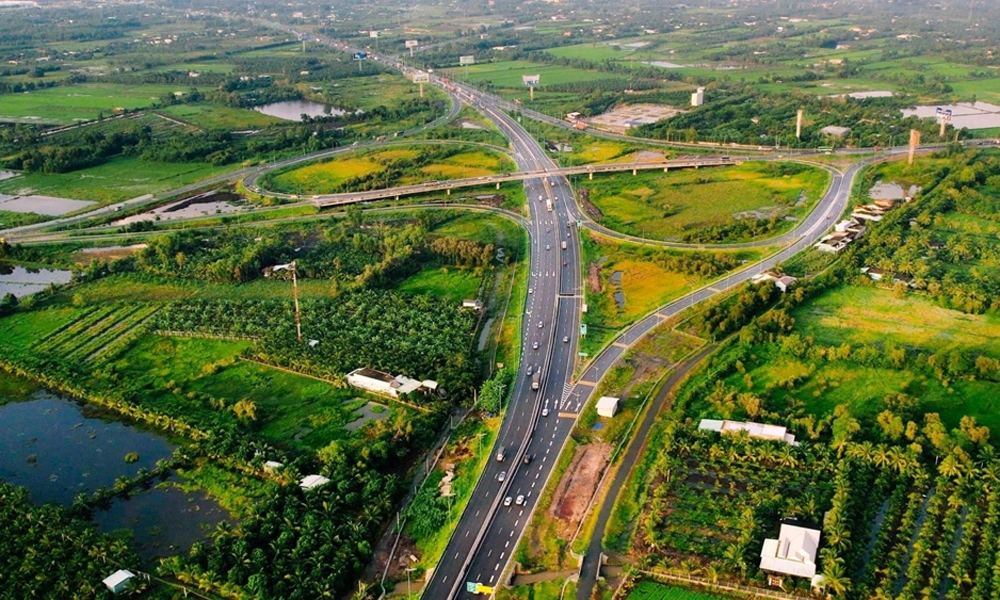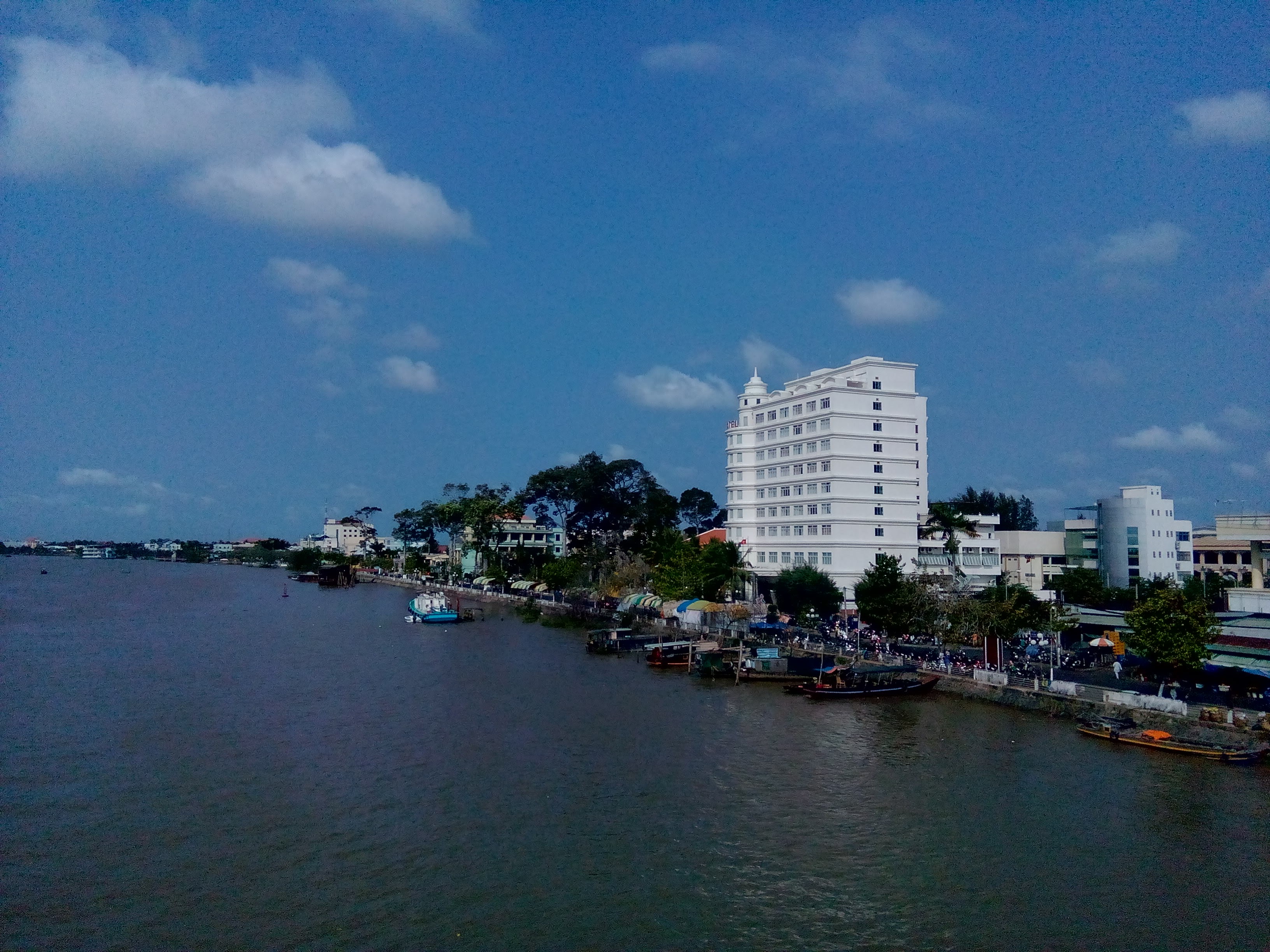Approval of the Planning of Binh Dinh province for the period 2021 - 2030, vision to 2050 in Vietnam
Has the Prime Minister approved the Planning of Binh Dinh province for the period 2021 - 2030, vision to 2050 in Vietnam? - Huynh Lap (Binh Dinh)

Approval of the Planning of Binh Dinh province for the period 2021 - 2030, vision to 2050 in Vietnam (Internet image)
On December 14, 2023, the Prime Minister issued Decision 1619/QD-TTg approving the Planning of Binh Dinh province for the period 2021–2030, with a vision to 2050.
Approval of the Planning of Binh Dinh province for the period 2021 - 2030, vision to 2050 in Vietnam
(1) Development goals until 2030
* Overall objectives
By 2030, Binh Dinh will become a leading development province in the North Central and Central Coast regions, a center for processing industry, manufacturing, services, tourism, and culture in the South of the region; the country's major center for marine economic development, and a national and international tourism center with a synchronous and modern economic infrastructure system. The province's economy develops rapidly, sustainably, and greenly based on the pillars of industrial growth, tourism services, seaports - logistics; high-tech agriculture; urbanization. Successfully implementing the goals of digital transformation, innovation, strongly improving the business investment environment, and becoming an attractive investment destination for large domestic and foreign enterprises; the provincial competitiveness index is among the highest in the country. Socio-economic infrastructure is synchronous and modern; the urban system is developed towards smart urban areas, conveniently connected to economic centers of the region, the country, and internationally. Focus on developing a modern Quy Nhon urban area in terms of space and architecture, exploiting the potential and special advantages of landscape and climate in the area along Thi Nai lagoon; planning to build the province's new administrative center in the Nhon Hoi economic zone; and developing a Science Urban Area of national stature. Persistently implementing the goal of sustainable poverty reduction, improving the material and spiritual life of the People; protecting ecosystems and natural landscapes; effectively adapting to climate change; preserving and promoting the identity and cultural beauty of ethnic groups, and ensuring national defense, security, and social order and safety.
* Detail objectives
- Economic:
+ The average GRDP growth rate in the period 2021–2030 reaches 8.5% or more in which the period 2021–2025 will reach an average of 7 - 7.5%/year and the period 2026–2030 will reach 9.8%–10.8%/year (2010 comparative prices).
+ Growth of economic sectors in the period 2021–2030: agricultural sector increases by 3.2%–3.3%/year; industry - construction increase by 12.2%–13.2%/year; services increase 8.1% - 8.3%/year; product taxes minus product subsidies increase by 10.4%–10.7%/year.
+ Economic structure by 2030: agriculture accounts for 16.8%–17.5%; industry—construction accounts for 41.3%–43.3%; services account for 34.8%–35.9%; product tax minus product subsidies accounts for 5.1%–5.3%.
+ GRDP per capita (at current prices) by 2030 is 204–213 million VND/person (equivalent to about 7,500–7,900 USD).
+ Average labor productivity growth of 8.3%/year in the period 2021 - 2030.
+ By 2030, total budget revenue in the province will reach 30–35 trillion VND/year.
+ By 2030, the total number of tourists will reach 12 million/year, including 2.5 million international visitors and 9.5 million domestic visitors.
+ Investment capital mobilized in the period 2021–2030 is about 800–850 trillion VND (equivalent to about 29–30 billion USD).
+ Digital economy accounts for 30% of GRDP.
- Regarding society:
+ The population of the whole province is about 1.6 million people.
+ The urbanization rate reached over 60%.
+ 90% of communes meet new rural criteria; Strongly reduce the rate of poor households among ethnic minorities, decreasing by 3–4% each year; By 2030, the multidimensional poverty rate will decrease to 2%.
+ The ratio of employed workers to the total number of workers in the province reached 97.9%. Percentage of employed workers by economic sector: agriculture, forestry, and fisheries account for 20%; industry and construction account for 35%; and services account for 45%.
+ The rate of workers undergoing training and vocational training reached 76%. The proportion of trained workers with degrees and certificates accounts for 40%.
+ More than 70% of preschools are recognized to meet educational quality accreditation standards; Over 75% of preschools meet national standards; Over 90% of primary schools, over 95% of middle schools, and over 60% of high schools meet national standards.
+ The rate of population participating in health insurance reached 97%; reaching 43 hospital beds, 11 doctors/ten thousand people, 02 university pharmacists/ten thousand people.
+ The rate of educated families reaches 90%; The rate of communes meeting new rural cultural standards reached 70%.
+ Human development index (HDI): 0.7 - 0.8.
- About environment:
+ Forest coverage maintained at 58.0%.
+ Collect and treat over 95% of solid waste in urban areas and over 90% in rural areas.
+ 100% of the rural population has access to hygienic water, of which over 80% have access to clean water; The proportion of the urban population using clean water is over 95%. Ensuring water supply for industrial zones and clusters.
- Regarding infrastructure:
+ The province's information and communication infrastructure basically meets the requirements of digital transformation; complete 4G infrastructure, prioritize 5G network development in industrial zones, clusters, central areas of districts, towns, cities, tourist areas, hospitals, and schools.
+ Invest in developing the transportation network gradually and synchronously with a number of high-quality modern projects. Form a reasonable transportation system between modes. Total cargo throughput is about 102 million tons, and passenger transport capacity is about 103 million passengers.
+ 100% of households have access to electricity; complete and put into use all hydropower, wind power, and transmission grid projects that have been planned and approved for investment.
+ 5G mobile information network covers 100% of the population in the province; Forming a data platform and Internet of Things (IoT) connection infrastructure, connecting and sharing widely among state agencies; Over 90% of administrative procedures are processed completely online; people only have to enter data once.
- Regarding ensuring national defense and security:
Effectively carry out local defense and military tasks; build an increasingly solid provincial defense area; and maintain political security, social order, and safety in the area.
(2) Vision to 2050
By 2050, Binh Dinh will continue to be in the group of leading localities in the Central Region with a GRDP per capita and urbanization rate higher than the national average. Binh Dinh becomes a marine economic center; a center of science, technology, and innovation where Vietnam's important artificial intelligence applications are applied; a major tourist center of the country; a center connecting the North Central region and the Central Coast region; the Central Highlands; and the East-West economic corridor. Sustainable economic development is based on the following pillars: science and technology; manufacturing and processing industry; information technology and artificial intelligence (AI) industry; high-quality tourism; organic agriculture; clean agriculture; and logistics systems associated with seaports and airports. The province has a smart urban system and a synchronous and modern infrastructure system. The government's socio-economic and administrative activities operate mainly in the mode of the digital economy and digital society, continuing to be an attractive destination for large domestic and foreign investors. Manufacturing and service industries develop in smart ways and with green and circular economic models. Enterprises in the province are developing strongly and are highly competitive in the domestic and international markets for a number of products in which the province has advantages. Traditional cultural values are preserved and promoted effectively, contributing significantly to the province's socio-economic development. National defense and security, including security at sea and social order in the area, are firmly guaranteed.
More details can be found in Decision 1619/QD-TTg, taking effect on December 14, 2023.
Ho Quoc Tuan
- Key word:
- in Vietnam
- planning
- Number of deputy directors of departments in Vietnam in accordance with Decree 45/2025/ND-CP
- Cases ineligible for pardon in Vietnam in 2025
- Decree 50/2025 amending Decree 151/2017 on the management of public assets in Vietnam
- Circular 07/2025 amending Circular 02/2022 on the Law on Environmental Protection in Vietnam
- Adjustment to the organizational structure of the Ministry of Health of Vietnam: Certain agencies are no longer listed in the organizational structure
- Vietnam aims to welcome 22-23 million international tourists in Vietnam in 2025
-

- Criteria for evaluating implementation of planning ...
- 15:59, 14/02/2025
-

- Plan for Implementing the Planning for Dak Nong ...
- 18:30, 16/01/2025
-

- Plan for the implementation of the Planning for ...
- 14:59, 13/01/2025
-

- Plan for the implementation of the Planning for ...
- 14:08, 13/01/2025
-

- Plan for the implementation of the Planning for ...
- 14:02, 13/01/2025
-

- Notable new policies of Vietnam effective as of ...
- 16:26, 11/04/2025
-
.Medium.png)
- Notable documents of Vietnam in the previous week ...
- 16:21, 11/04/2025
-
.Medium.png)
- Notable documents of Vietnam in the previous week ...
- 16:11, 02/04/2025
-
.Medium.png)
- Notable new policies of Vietnam to be effective ...
- 16:04, 02/04/2025
-
.Medium.png)
- Notable new policies of Vietnam effective from ...
- 14:51, 21/03/2025
 Article table of contents
Article table of contents
